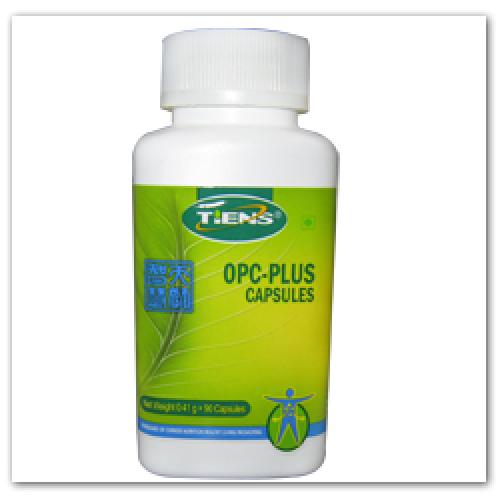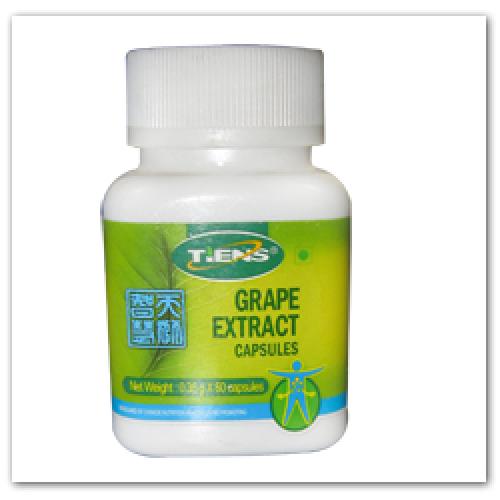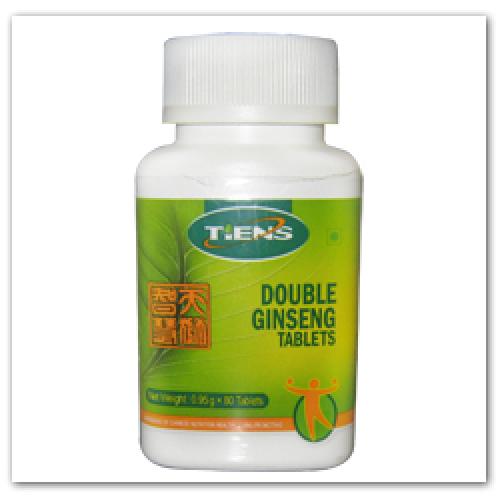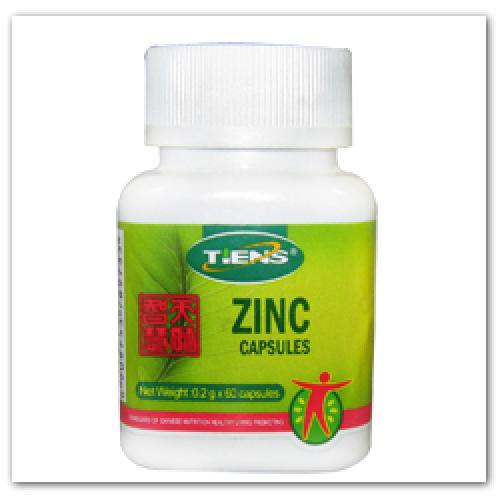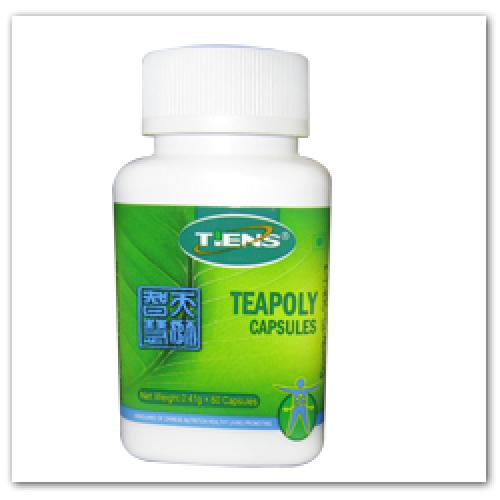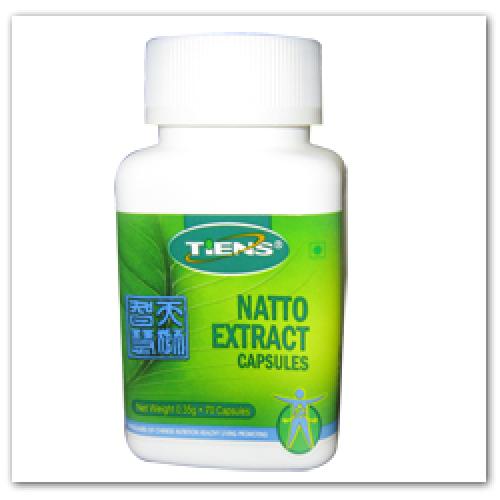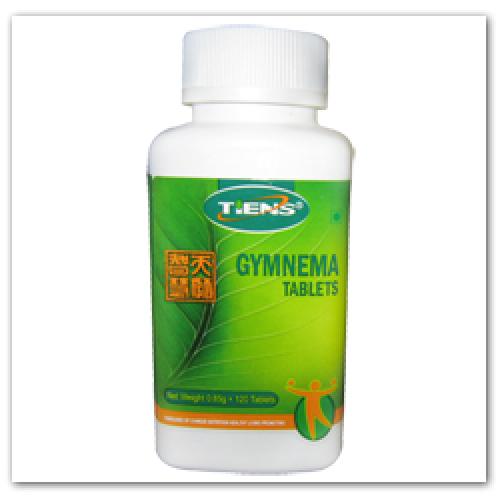|
The human body needs iron to make the oxygen-carrying proteins hemoglobin and myoglobin. Hemoglobin is found in red blood cells and myoglobin is found in muscles. Myoglobin is a protein that helps supply oxygen to muscle, and in enzymes that assist biochemical reactions in cells. About 15 percent of the body’s iron is stored for future needs and mobilized when dietary intake is inadequate. The remainder is in body’s tissues as part of proteins that help in body functions. Iron is mostly stored in the body in the hemoglobin. Without oxygen, the body\\\\\\\\\\\\\\\\'s cells cannot function normally. About 30 percent of iron is also stored as Ferritin and hemosiderin in the bone marrow, spleen, and liver. Iron is present in many foods and absorbed into the body through the stomach. During this process of absorption, oxygen combines with iron and is transported into the plasma portion of blood by binding to transFerrin. From there, iron and transFerrin are used in the production of hemoglobin (the molecule that transports oxygen in the blood), stored in the liver, spleen, and bone marrow, and utilized as needed by all body cells. When sufficient quantity of iron is supplied in the food or absorbed by the body, all the above processes are afFected and the efficiency of the body is reduced.
Heme and non-heme iron are two forms of iron in foods. Heme iron is found in meats, poultry, and fish. Non-heme iron is found in both plant and animal foods. Heme iron is more easily absorbed by the body than non-heme iron. However, heme iron can also promote the absorption of non-heme iron.
There are many causes of iron deficiency anaemia.
What causes iron-deficiency anemia?
Iron-deficiency anemia may be caused by the following:
a)Diets low in iron
b)Iron is obtained from foods in our diet, however, only 1 mg of iron is absorbed for every 10 to 20 mg of iron ingested. A c)person unable to have a balanced iron-rich diet may sufFer from some degree of iron-deficiency anemia.
d)Body changes
e)An increased iron requirement and increased red blood cell production is required when the body is going through changes such as growth spurts in children and adolescents, or during pregnancy and lactation. One milligram of iron is lost daily through hair, fingernails, dead skin cells and other detritus.
f)Gastrointestinal tract abnormalities
g)Malabsorption of iron is common after some forms of gastrointestinal surgeries. Most of the iron taken in by foods is absorbed in the upper small intestine. Any abnormalities in the gastrointestinal (GI) tract could alter iron absorption and result in iron-deficiency anemia.
h)Blood loss
i)Loss of blood can cause a decrease of iron and result in iron-deficiency anemia. Sources of blood loss may include GI bleeding, menstrual bleeding, or injury. The average daily loss for menstruating woman is one and half milligrams. That one or one and a half is the daily need. Premenopausal women\\\\\\\\\\\\\\\\'s iron needs are higher than men\\\\\\\\\\\\\\\\'s needs because women lose iron during menstruation.
j)Iron and vegetarians
k)Iron is found in food in two forms, heme and non-heme iron. Heme iron, which makes up 40 percent of the iron in meat, poultry, and fish, is well absorbed. Non-heme iron, 60 percent of the iron in animal tissue and all the iron in plants (fruits, vegetables, grains, nuts) is less well absorbed. Vegetarian diets only contain non-heme iron. Because of this, iron recommendations are higher for vegetarians than for non-vegetarians.
What are the symptoms of iron-deficiency anemia?
The following are the most common symptoms of iron-deficiency anemia. However, each individual may experience symptoms difFerently.
Symptoms may include:
abnormal paleness or lack of color of the skin
irritability
lack of energy or tiring easily (fatigue)
increased heart rate
sore or swollen tongue
enlarged spleen
a desire to eat peculiar substances such as dirt or ice (a condition called pica)
What afFects iron absorption?
Iron absorption reFers to the amount of dietary iron that our body obtains from food. Healthy adults absorb about 15% of the iron in their diet, but the actual absorption is influenced by body’s iron stores, the type of iron in the diet, and by other dietary factors that either help or hinder iron absorption.
The greatest influence on iron absorption is the amount stored in the body. Iron absorption significantly increases when body stores are low. When iron stores are high, absorption decreases to help protect against iron overload.
Ingredients of Fe-PLUS capsules:
NaFeEDTA (Sodium iron Ethylene Diamine Tetraacetic Acid), Vitamins A, C, B1, B2, B5, B6, B12, Folic Acid
NaFeEDTA is a promising iron supplement, because it is less susceptible to iron absorption inhibitors and has Fewer undesirable impacts on sensory quality than Ferrous sulfate or any other iron supplement. NaFeEDTA is absorbed 2 to 3 times higher than any other iron supplements. It is highly bioavailable. Therefore, Fe-Plus is highly absorbable in the body. Other Iron supplements can cause irritation of the stomach and bowel movements. They should be taken on an empty stomach, or with any drink or food, to increase absorption. But, this NaFeEDTA has no such side efFects and has proven in several studies to be a good iron supplement in absorption. Other nutrients that are used to formulate along with NaFeEDTA supports the growth and development with good absorption serving as a complete nutrient providing product. Vitamins and minerals, which are added in this product are essential for absorption of iron from NaFeEDTA. NaFeEDTA, as an iron amino acid chelate binds and protects the iron particles. A study performed by the Hematology Unit of the University of Chile indicates that chelated iron (Ferrous bis-glycine chelate) can work with ascorbic acid to achieve even higher absorption levels. All other nutrients, added in this formula help in better absorption of iron and serve as a best nutritive product.
Iron is needed for
RBC production
Brain function
Oxygen transport
Regulate Body temperature
Energy production
Cell growth
Cell ProliFeration, etc.,
Efficacies
Good bioavailability compared to other iron supplements
Enhanced iron absorption in the body
Reduces prevalence of Iron deficiency anaemia
Improves iron status of anaemics
Improves Heamoglobin in the body
Helps in Zinc absorption in the body
Prevents iron deficiency anaemia
Helps to improve Immunity
Who Needs Fe-Plus Capsules?
Vegetarians
Children
Adolescents
Adult Women
Pregnant and lactating women
Women who have heavy periods
All anaemic people
Contents: 60 Capsules/bottle
Suggested serving: Twice daily – 1 capsule - < 10 yrs
2 capsules - > 10 yrs
*THESE PRODUCTS ARE NOT INTENDED TO DIAGNOSE,TREAT,CURE OR PREVENT ANY DISEASE,ILLNESS OR PAIN,INCOMPLIANCE WITH APPLICATION LAWS.
|
